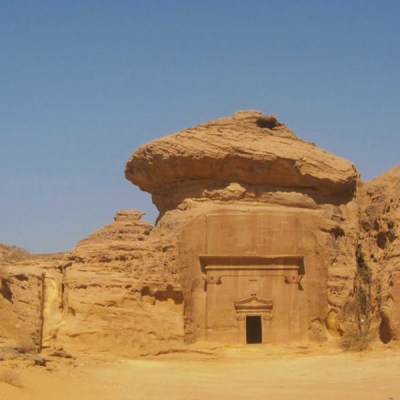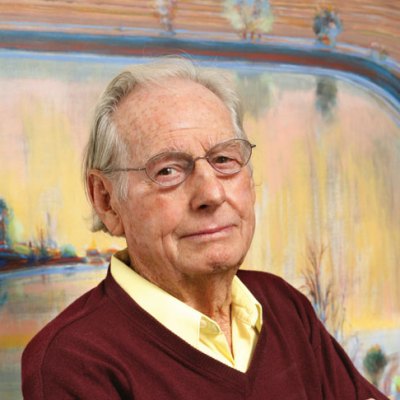This week’s book competition prize is America’s Cool Modernism: From O’Keeffe to Hopper by Katherine Bourgignon (ed.). Click here to enter.
As some American artists began to eliminate people and remove extraneous details from their compositions, they often employed neat, orderly brushwork or close-up, unemotional photography. Artists as diverse as Patrick Henry Bruce, John Covert, Georgia O’Keeffe, Paul Strand and Arthur Dove navigated European and American avant-garde circles, picking and choosing new ideas and methods. Inspiration ranged from cubism and machine parts to new technologies, and they found ways to bring order to the modern world through extreme simplification. For them, abstraction involved absence and presence – the evacuation of human beings but also the desire to depict something that would not otherwise be visible or to render visible unseen natural processes like the passage of time, sound waves, or weather patterns. Their artworks provide a new context for the precisionist works in the subsequent sections and point to modern ideas about what art could be. How does a crisp painting technique relate to an aesthetic of absence?
Answer the following question, by 12 pm on 1 June, to win a copy of America’s Cool Modernism: From O’Keeffe to Hopper by Katherine Bourgignon (ed.).
Q: Which painter and photographer collaborated to make the experimental film Manhatta (1921)?
For our last competition prize we offered Rodin and the art of ancient Greece’ by Celeste Farge, Bénédicte Garnier and Ian Jenkins (Thames & Hudson/British Museum). The question was:
Question: Which work was Rodin’s first major commission?
Answer: The Gates of Hell.



